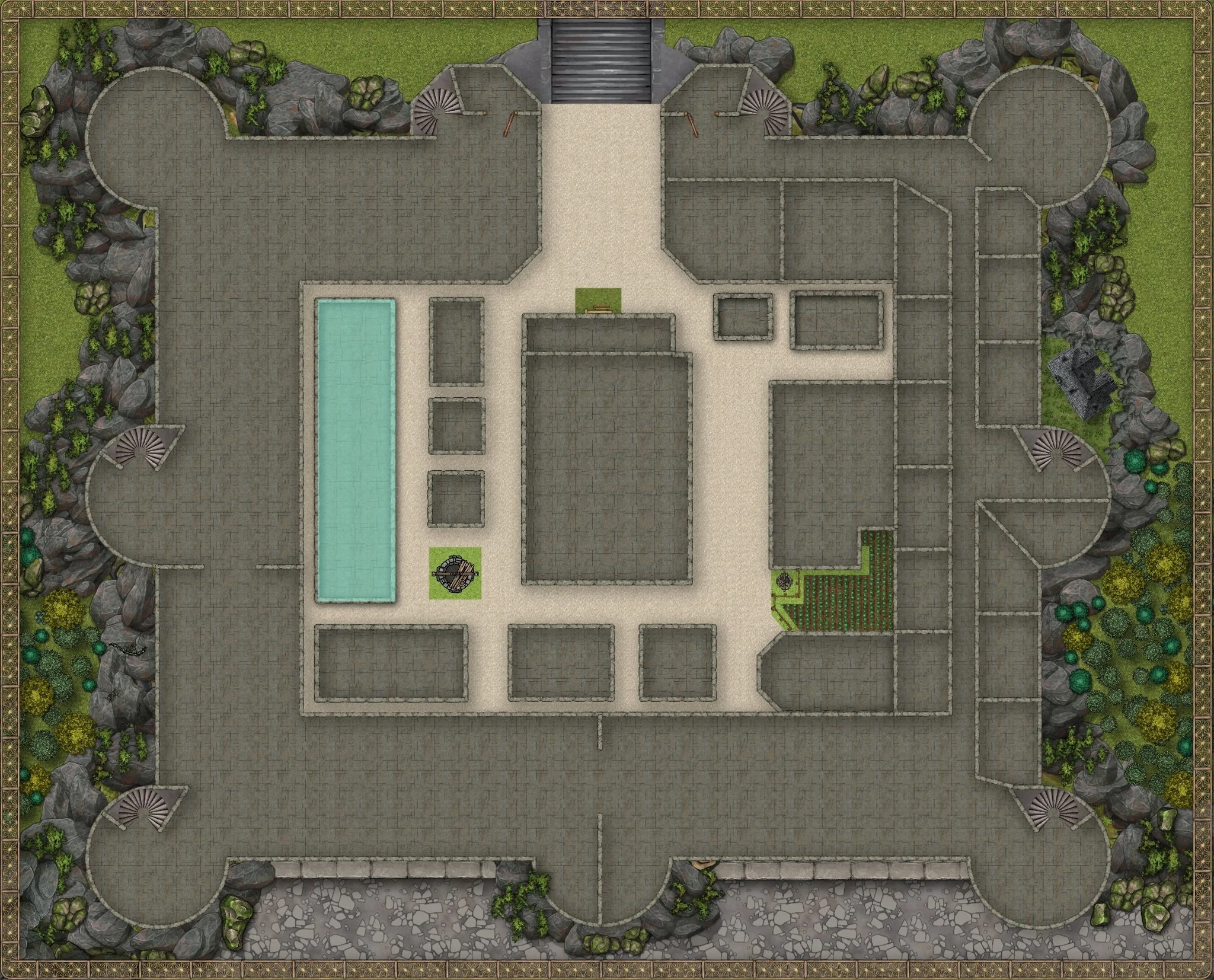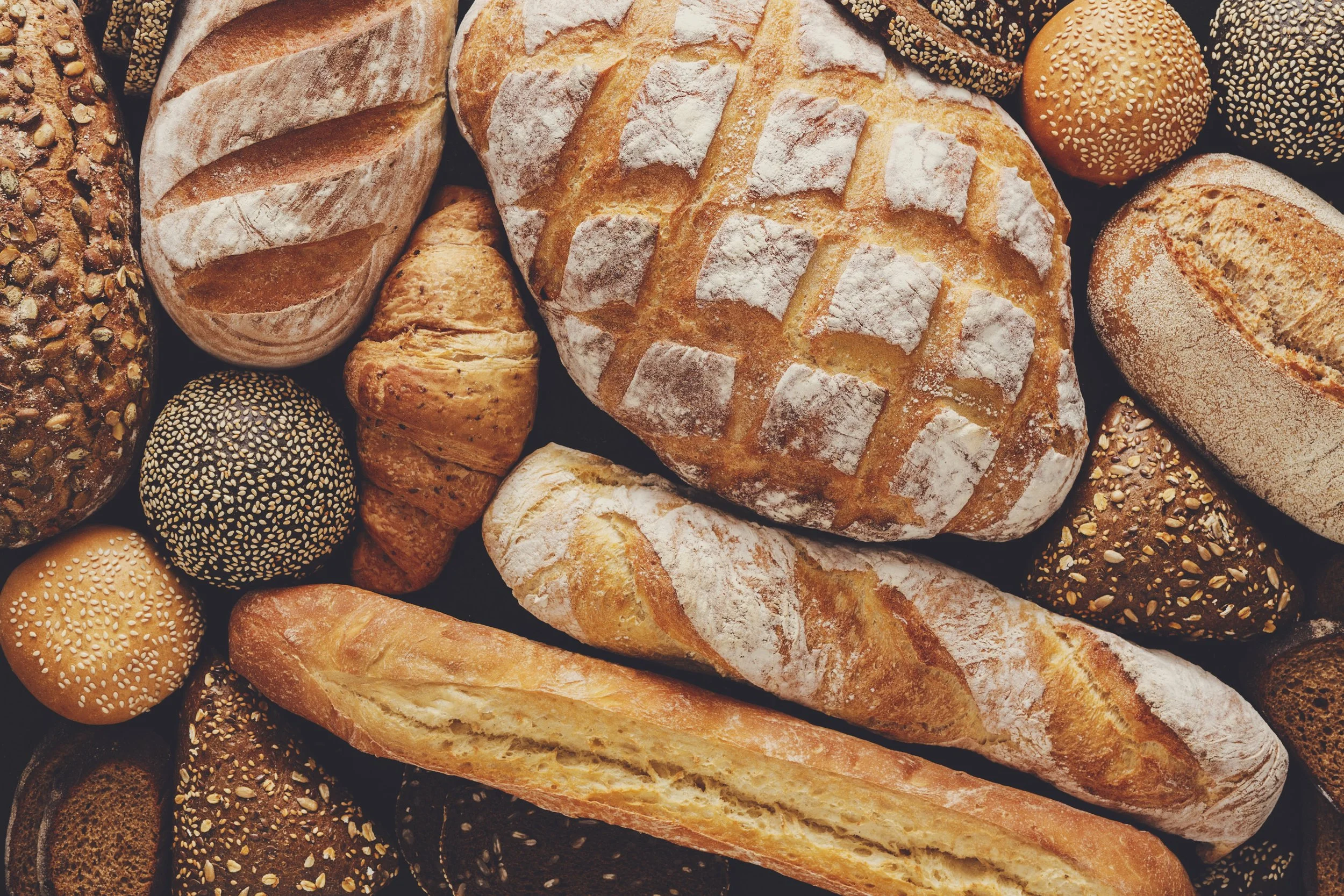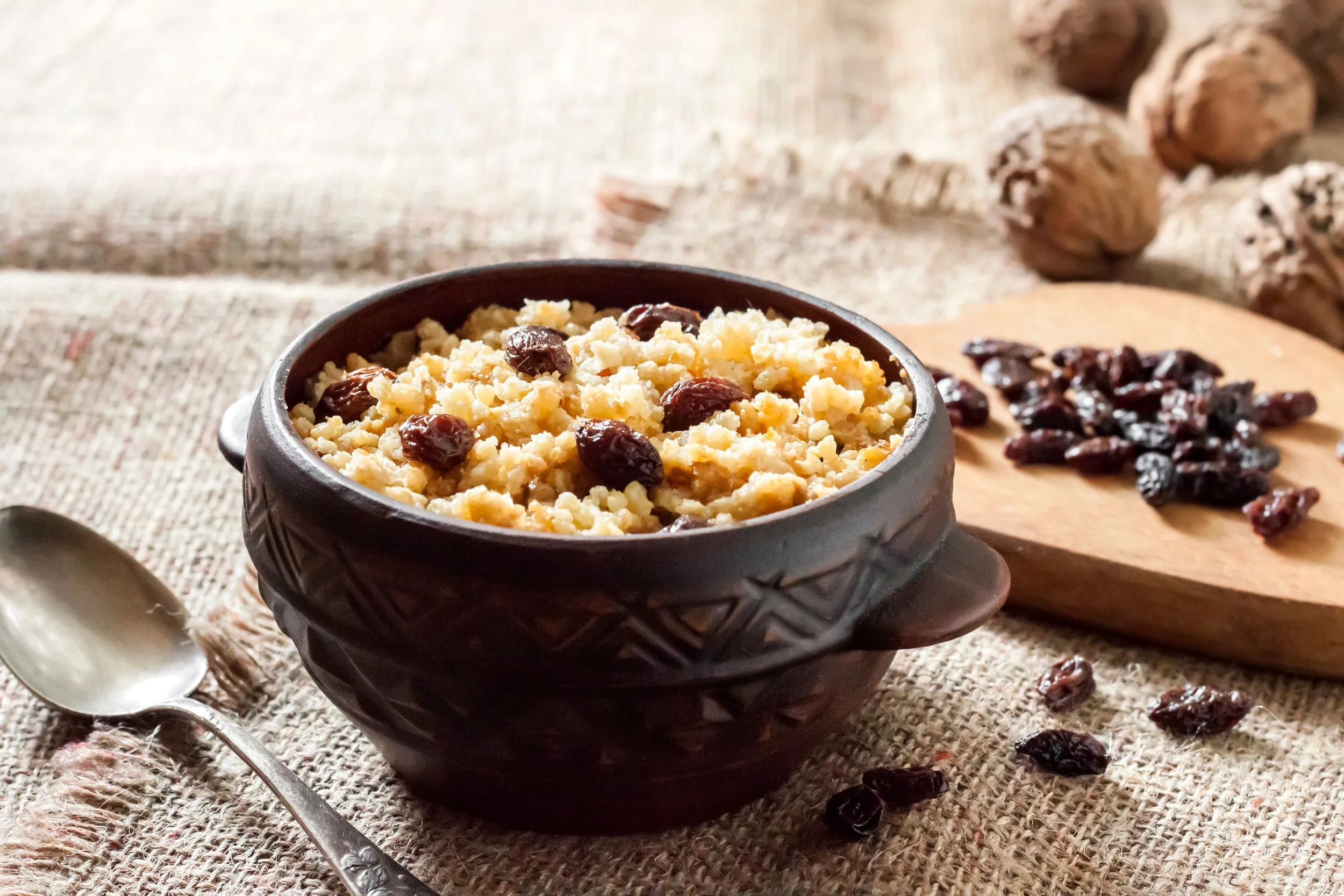The kitchens are in a separate outbuilding not attached to the main citadel to reduce fire risk. A sprawling building, it includes a dedicated bakehouse, where coarse loaves are pulled daily from the ovens, and a smokehouse, its rafters hung with curing meat and fish. The nearby granary holds sacks of barley, oats, and rye in dry, rat-guarded bins. The buttery stores ale and wine in casks stacked upon each other. The pantry is stocked with dried beans, baskets of onions, root vegetables, and potatoes, while the larder, beneath the main level in the basement, holds with little meat is kept, with butter, salted fish, and other items which require cooling.
Bread
Cornerstone of the Stachtenbaste diet. Coarse loaves from rye, barley, or mixed grains.
Pottage
Thick, hearty sew made from grains, vegetables, and legumes, simmered slowly and eaten daily. Ingredients vary by season.
Pasties and Pies
Common dishes, filled with meat and vegetables and encased in a thick crust, which serves as container and preservative.
Made from a mixture of oats, water, and salt and cooked on a griddle or hot stone. Served as a durable and filling alternative to bread, and can be eaten with cheese, pottage, or honey.
Oatcakes
Frumenty
Made from boiled wheat grains simmered in milk or broth, often enriched with eggs, spices, or meat drippings. Served as sweet or savory dish.
Beverages
Weak ale, cider, and diluted wine are common beverages.










